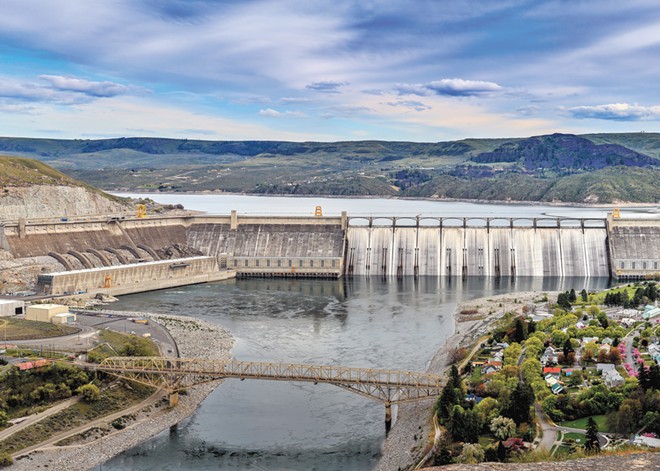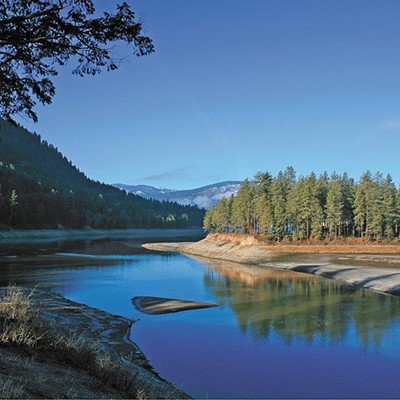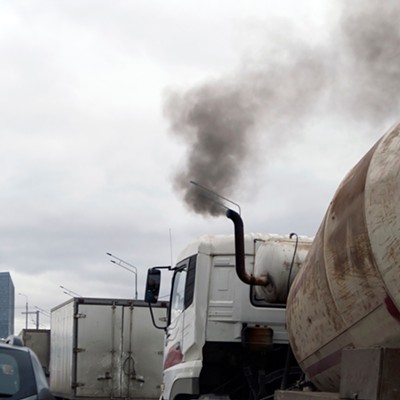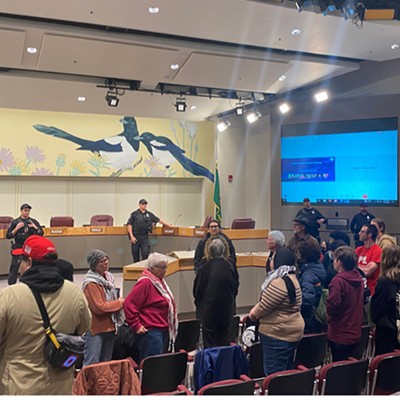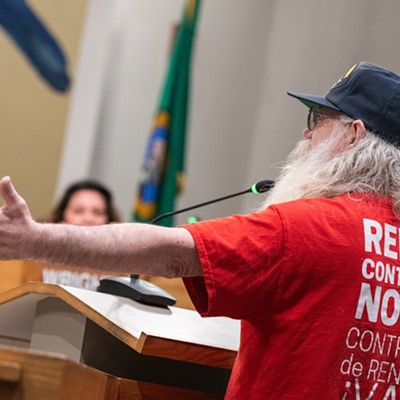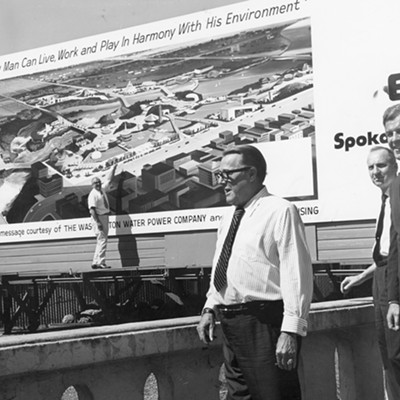In north Central Washington, the Columbia River flows for about 150 miles between the Canadian border and the Grand Coulee Dam.
Since a 2006 settlement agreement, that Upper Columbia region has been studied for pollution by the Environmental Protection Agency and Teck, a Canadian mining company with a lead-zinc smelter in British Columbia that historically dumped black sand-like slag in the river.
The studies have focused on whether lead, mercury and other heavy metals might be impacting human health, fish and other ecological functions in and around the river.
Nearly 20 years later, the EPA and Teck are still working to finish what's called a "remedial investigation" to determine the extent of contamination, which is to be followed by a "feasibility study" to decide whether and how much pollution can be cleaned up.
So it came as a surprise to some last fall when the EPA met with regional elected officials, the Confederated Colville Tribes and other interested parties to discuss the possibility of listing the Upper Columbia River region as a Superfund cleanup site, which EPA staff told those at the meeting might be necessary to access federal cleanup money. While Teck is paying for the ongoing studies, the company is not necessarily liable to pay for the cleanup afterward.
Much of the research in the river has resulted in good news, with the water testing at safe levels and fish consumption advisories similar to those in other parts of the state.
But upland testing did find high lead levels in some residential yards.
The 9th U.S. Circuit Court of Appeals determined in 2016 that Teck was not on the hook for lead contamination in upland areas, though the company voluntarily paid to clean some yards. Lead exposure is particularly concerning for children and pregnant women and can cause irreversible intellectual impairments.
"We do know there is true risk in people's yards. If we don't list it, and we're not able to access this funding, the EPA has already stated they do not have the money to implement cleanup on these yards," says Cindy Marchand, a member of the Colville Business Council who previously worked on the cleanup for the 12 confederated tribes and bands. "We're leaving women, children, residents of Northport and further down at risk."
Marchand says the tribes have supported a federal Superfund listing for the Upper Columbia since the late '90s.
It takes time. A site is first "proposed" for listing and put out for public feedback. Then there's another rulemaking if the EPA decides to list it. An EPA Region 10 spokeswoman confirmed the agency is considering "proposing" the site be added to the National Priorities List.
Importantly, listing a site doesn't guarantee federal cleanup money.
"EPA has a big backlog of cleanup sites across the country," says Andy Dunau, executive director of the Lake Roosevelt Forum, which has focused on the Upper Columbia cleanup for years. "How this site will rank and whether they'll be able to access more money is the [big] question."
Meanwhile, local elected officials are concerned about the stigma that could come with being labeled a Superfund site.
The Eastern Washington Council of Governments — which includes members from 16 eastside counties — told the EPA in a January letter that the council opposes the listing and urged the federal regulators to finish the ongoing studies before making that decision.
"If we need to clean it up, let's find the money and clean it up. Every one of us agree with that," says Wes McCart, one of three Stevens County commissioners and chair of the council. "But why put the entire region on the National Priorities List if ... you still don't have all the facts?"
The region has already waited nearly 20 years, and if those studies can be wrapped up in the next few, why not wait to see what they say, McCart asks.
"[Then,] if it needs to go on the list to get the cleanup, by God, let's do it," McCart says. "But it seems to be a precautionary principle to put everything on the National Priorities List with total disregard to what it might do to the community, to our economy, to the property values."
In a statement, Teck says it remains committed to completing the remedial investigation and feasibility study, and the company has spent more than $180 million to study the area.
"To date, those studies indicate that the water is clean, the fish are as safe to eat as other fish in the Pacific Northwest, and, with one exception unrelated to the Teck Trail facility's operations, the beaches are safe for recreation," the statement reads. ♦

